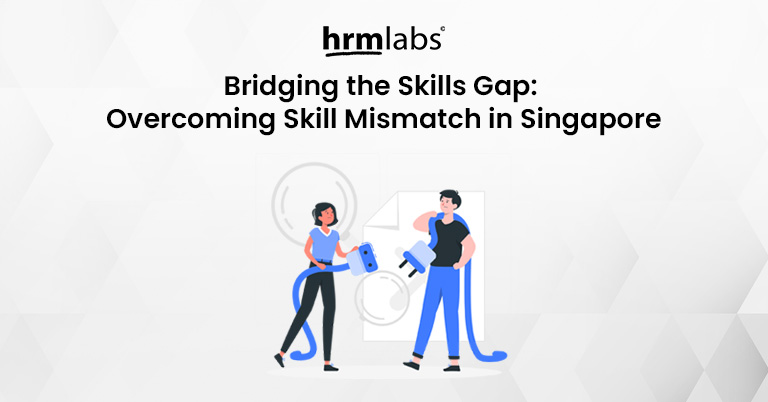Despite its vibrant economic landscape, Singapore confronts a formidable obstacle: the widening skills gap. The mismatch between the skills employers seek and the skills workforce possesses threatens growth and individual prosperity.
In this article, we’ll delve into the causes and consequences of this mismatch, and explore potential solutions to bridge the gap and equip Singapore’s workforce for the future.
Understanding the Problem
While various factors contribute to the skill gap, three key challenges stand out:
- Rapid technological advancements: Automation and digitization are transforming industries, demanding new skillsets from employees. Traditional skills may become obsolete, rendering many unprepared.
- Education-industry disconnect: Educational systems struggle to keep pace with evolving industry needs, leaving graduates with knowledge not directly applicable to current job demands.
- Limited awareness and access to reskilling: Many individuals are unaware of the need for upskilling or lack access to affordable and effective programs.
The Impact
The skills gap isn’t just a theoretical concern; it has tangible consequences on a personal and societal level:
- Economic Stagnation: Unfilled vacancies due to a lack of qualified candidates can cripple businesses, hindering productivity and economic growth. This translates to fewer jobs, reduced investment, and ultimately, a weaker economy.
- Individual hardship: Workers with outdated skills face the harsh reality of unemployment, underemployment, or stagnant wages. This can lead to financial instability, decreased quality of life, and a sense of being left behind.
- Widening inequality: The skill gap can exacerbate existing inequalities, disproportionately impacting vulnerable populations who may lack access to reskilling opportunities. This further marginalizes these groups and widens the gap between the haves and have-nots.
Navigating the Bridge
Bridging the skills gap requires a multi-pronged approach, involving active collaboration between various stakeholders:
- Government-led initiatives: Policymakers can incentivize training, support industry-driven programs, and promote lifelong learning.
- Collaboration between businesses and educational institutions: Curriculums can be updated to reflect industry needs, and companies can offer on-the-job training and apprenticeships.
- Individual proactivity: Workers can stay informed about evolving skillsets, seek out reskilling opportunities, and demonstrate adaptability.
- Technology as a tool: Online learning platforms, AI-powered skills assessments, and micro-credentials can make upskilling accessible and personalized.
HRMS: A Bridge Builder
Human Resource Management Systems (HRMS) aren’t just for managing payroll anymore. In today’s dynamic landscape, they can be a powerful tool for closing the skills gap and empowering your workforce for the future.
- Identifying skill gaps: analyze workforce data to identify skills deficiencies and track skill development within the organization.
- Personalized learning: recommend relevant training programs based on individual skills and career goals.
- Performance management: By linking skills development to performance goals, HRMS motivates employees to actively engage in upskilling and track their progress.
- Data-driven decision making: provide insights to assess the effectiveness of reskilling programs and optimize resource allocation.
Conclusion
As the dynamic landscape of the global economy continues to evolve, the challenge of bridging the skills gap remains a critical issue for organizations in Singapore and beyond.
HRMLabs is committed to bridging this gap by empowering organizations with comprehensive HRMS solutions. Our feature-rich platform, including Employee Record Management and Training Management, equips companies to:
- Gain deep insights: Identify individual skill deficiencies and potential through detailed employee profiles and performance assessments.
- Foster targeted development: Tailor training programs based on specific skills gaps and career aspirations, leveraging our robust training management system.
- Make data-driven decisions: Measure the effectiveness of upskilling initiatives and optimize resource allocation through actionable insights.
By proactively addressing skill gaps, HRMLabs empowers businesses to navigate the turbulent waters of change and cultivate a future-proof workforce.



